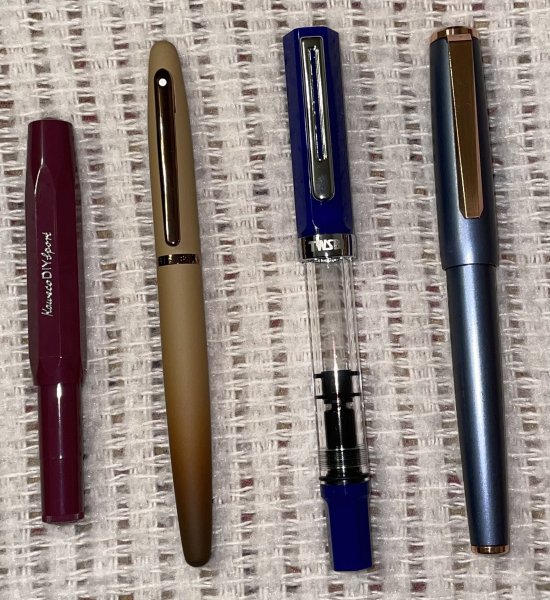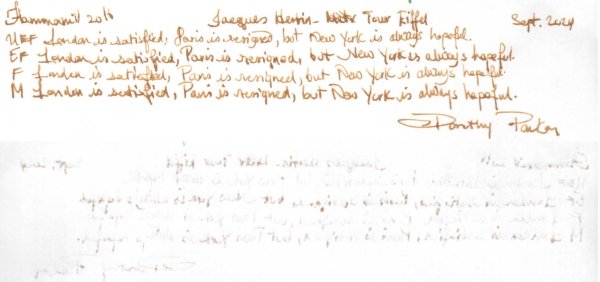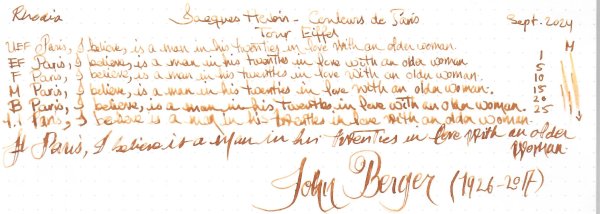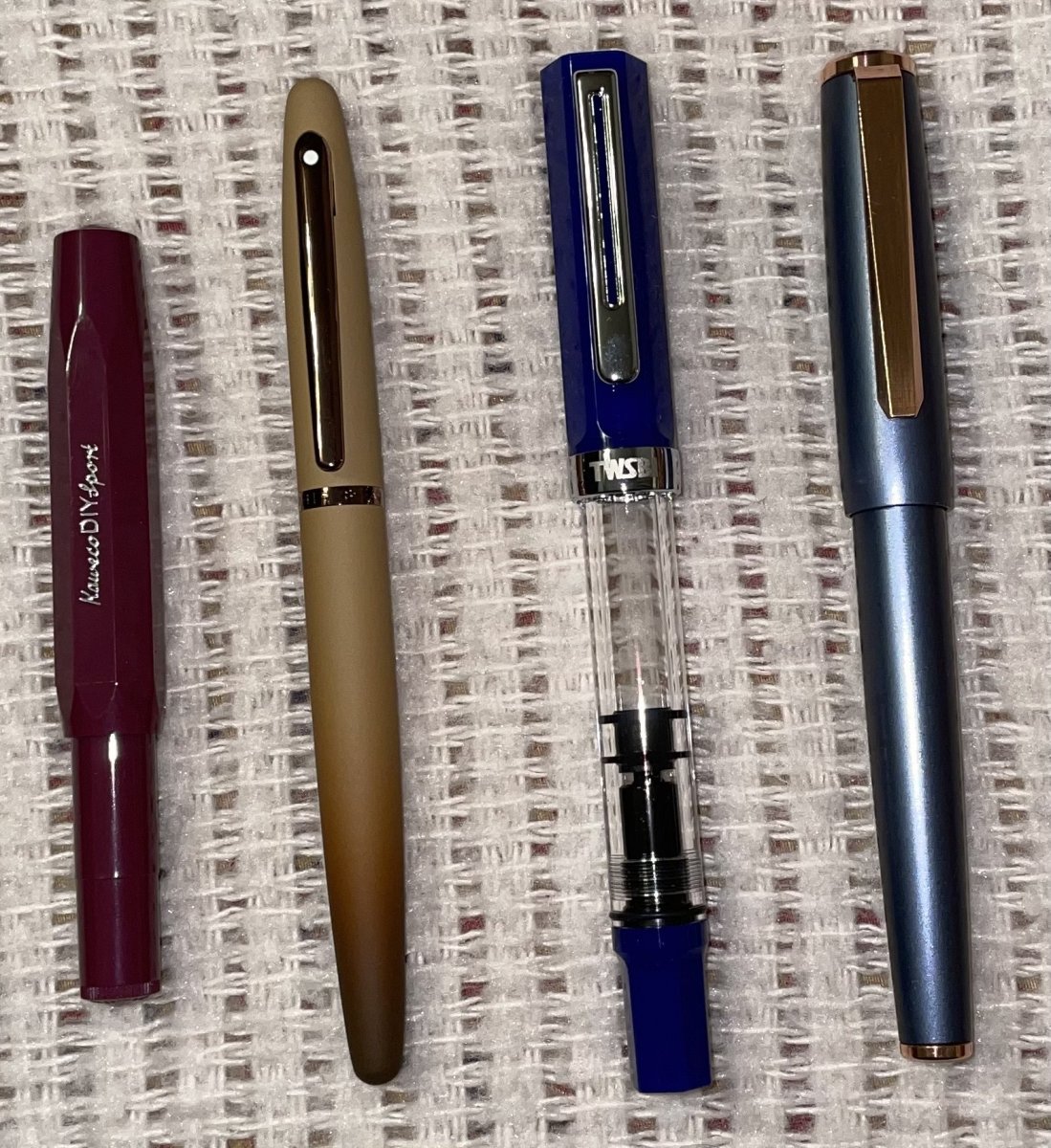Replacing Inner Sleeve on Sheaffer Metal Cap
-
Forum Statistics
353.8k
Total Topics4.6m
Total Posts -
Member Statistics
126,633
Total Members2,585
Most OnlineNewest Member
Andjaa
Joined -
Images
-
Albums
-
USG 3
- By USG,
- 0
- 0
- 93
-
Misfit’s 6th Album
- By Misfit,
- 40
-
Sept-Nov 2024
- By yazeh,
- 0
- 0
- 72
-
Dan Carmell
- By Dan Carmell,
- 0
- 0
- 41
-
Photo for my Posts
- By AceNinja,
- 0
- 0
- 89
-


















.thumb.jpg.f07fa8de82f3c2bce9737ae64fbca314.jpg)



.thumb.jpg.331e554113c33fb39d5bf3233878978a.jpg)
desaturated.thumb.gif.5cb70ef1e977aa313d11eea3616aba7d.gif)





Recommended Posts
Create an account or sign in to comment
You need to be a member in order to leave a comment
Create an account
Sign up for a new account in our community. It's easy!
Register a new accountSign in
Already have an account? Sign in here.
Sign In Now